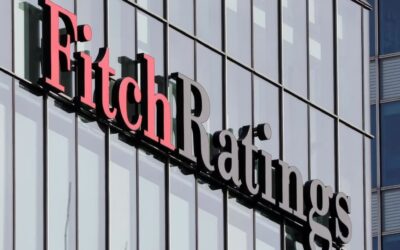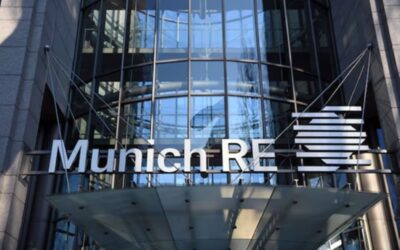In the wake of growing fears of a significant security escalation in the north against Hezbollah, the pressure on bonds issued by the Israeli government has intensified. This situation presents a unique investment opportunity, primarily due to the soaring yields on these bonds, which have reached levels not seen in over a decade.
Current Bond Market Dynamics
The yield to maturity on the 10-year shekel government bond has surged to 5.2%, a 13-year record high, marking an increase of more than half a percent in just two weeks. A year ago, the same bond traded at a yield of only 3.8%. Similarly, the 30-year shekel government bond is now trading at a yield of about 5.7%, up from 4.1% a year ago.
This increase in yields is primarily a result of the decline in bond prices. Since the beginning of the year, the 10-year bonds have dropped by approximately 4.8%, while the 30-year bonds have fallen by a significant 13%. The market has been influenced by a combination of heightened debt issuance by the Israeli government to support war efforts and increased sales by foreign investors.
Yield as a Benchmark and Risk Indicator
The yield to maturity of the 10-year bond serves as a benchmark, often compared to similar bonds from other governments, notably the US government. Currently, the yield on the 10-year US government bond stands at 4.46%, following a rise from 4.2% over the past two weeks.
A key metric indicating the perceived risk of Israeli debt is the 10-year Credit Default Swap (CDS), an insurance policy against the issuer’s insolvency. The Israeli CDS has climbed to 176 points, an 11-year high, reflecting increased foreign investor concerns over potential security threats in the region.
Market Adjustments and Long-term Prospects
Despite the immediate concerns, the long-term fundamentals of Israeli government bonds remain robust. Amir Kahanovitz, Deputy CEO and Chief Economist at Profit Finance, points out that while the current risk premium reflects geopolitical uncertainties, it is not necessarily indicative of the government’s financial mismanagement. Historical precedents, such as the Italian government’s risk premium during the COVID-19 crisis, suggest that such spikes are often temporary and linked to specific crises.
Moreover, the high yields on shekel bonds are not solely a reflection of risk. For example, Australian government bonds, with a much lower CDS, also yield nearly 5%, indicating that inflation expectations play a significant role.
Investment Opportunity
For investors, the current high yields on Israeli government bonds present a compelling opportunity. At the end of 2021, 10-year Israeli government bonds offered an annual return of less than 1%. Today, with yields exceeding 5%, these bonds provide a much more attractive return, particularly when considering the historical resilience of the Israeli economy and its debt-to-GDP ratio, which remains below that of many developed countries. In addition, the Israeli government’s debt-to-GDP ratio, even after a significant increase in the deficit, is around 70%, whereas, in comparison, the US and many other countries have debt-to-GDP ratios exceeding 100%.
Kahanovitz suggests that a diversified investment strategy can help manage risks effectively. Over time, investing in high-yield bonds during periods of elevated risk can lead to above-average returns.
While the current geopolitical tensions and the associated increase in risk premiums are notable, they do not overshadow the fundamental strength of Israeli government bonds. For investors seeking a high-yield investment with a strong safety profile, the current environment offers a unique opportunity to lock in substantial returns. As always, a diversified approach will help mitigate risks and capitalize on the potential for long-term gains.
Investing in Israeli government bonds now could be a strategic move for those looking to balance risk and reward in a volatile market.
Image credit: Freepik.com





0 Comments